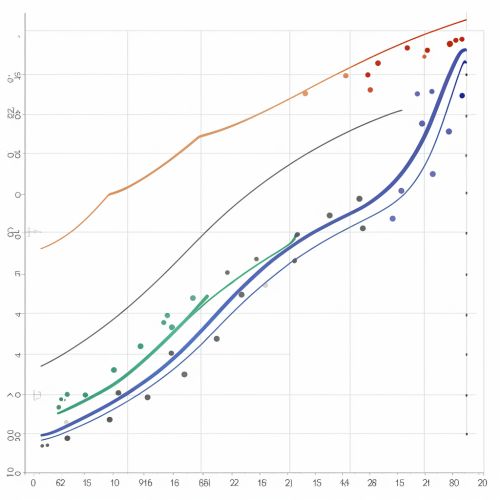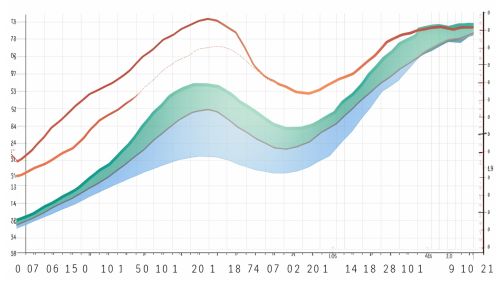Holling's type II model
Introduction
Holling's type II model is a mathematical representation of the functional response of predators to prey density in ecological systems. Named after its developer, Canadian ecologist C.S. Holling, the model is a cornerstone of predator-prey dynamics and has been widely applied in both theoretical and empirical studies.


Background
Holling's type II model was first introduced in 1959 as part of a series of models (Types I, II, and III) that describe how the rate of prey consumption by a predator changes with increasing prey density. The models were developed based on laboratory experiments with predators and prey, and have since been applied to a wide range of ecological scenarios, from the dynamics of pesticide application in agriculture to the management of fisheries and wildlife conservation.
Model Description
The key characteristic of Holling's type II model is that it incorporates a saturation effect: as prey density increases, the rate of prey consumption by the predator initially increases linearly, but then levels off as the predator becomes satiated. This is in contrast to Holling's type I model, which assumes a linear increase in consumption rate with no saturation, and Holling's type III model, which assumes a sigmoidal (S-shaped) response.
In mathematical terms, the type II functional response is described by the equation:
N' = aTN / (1 + aTh)
where N' is the number of prey consumed per unit time, T is the total available prey, a is the attack rate (probability of successful attack per unit time), and h is the handling time (time spent consuming a single prey).
Applications
Holling's type II model has been widely used in the study of predator-prey interactions, particularly in the context of population dynamics. By incorporating the saturation effect, the model provides a more realistic description of how predators respond to changes in prey density than the simple linear model.
The model has also been used in the development of strategies for pest control in agriculture. For example, it can be used to predict the impact of introducing a natural predator into a pest population, or to assess the effectiveness of a pesticide.
In addition, the model has been applied in the management of fisheries and wildlife populations. By understanding how predators respond to changes in prey density, managers can make more informed decisions about harvest levels and conservation strategies.
Criticisms and Limitations
While Holling's type II model has been widely used and has contributed significantly to our understanding of predator-prey dynamics, it is not without its criticisms and limitations.
One criticism is that the model assumes that the predator is always hungry and that its feeding rate is only limited by the time it takes to handle and consume prey. In reality, predators may also be limited by other factors, such as the availability of suitable habitat or the risk of predation themselves.
Another limitation is that the model assumes that the predator and prey populations are well-mixed, meaning that every predator has an equal chance of encountering every prey. In reality, predators and prey often live in spatially structured habitats, and the chance of encounter may depend on the spatial distribution of the populations.
Despite these criticisms and limitations, Holling's type II model remains a valuable tool in the study of predator-prey dynamics and the management of natural resources.
